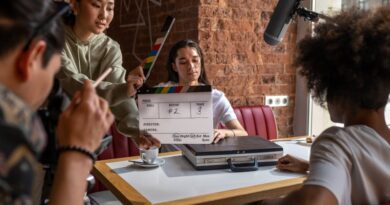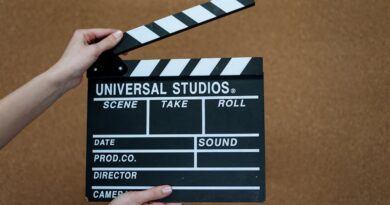Lighting Techniques Every Filmmaker Should Know
Have you ever watched a movie and thought, Wow, the lighting is amazing!? Lighting can transform a scene, creating mood and depth. Whether you’re a budding filmmaker or just curious about the craft, understanding lighting techniques is essential. Lets explore some key techniques that can elevate your storytelling.
Why Is Lighting Important in Film?
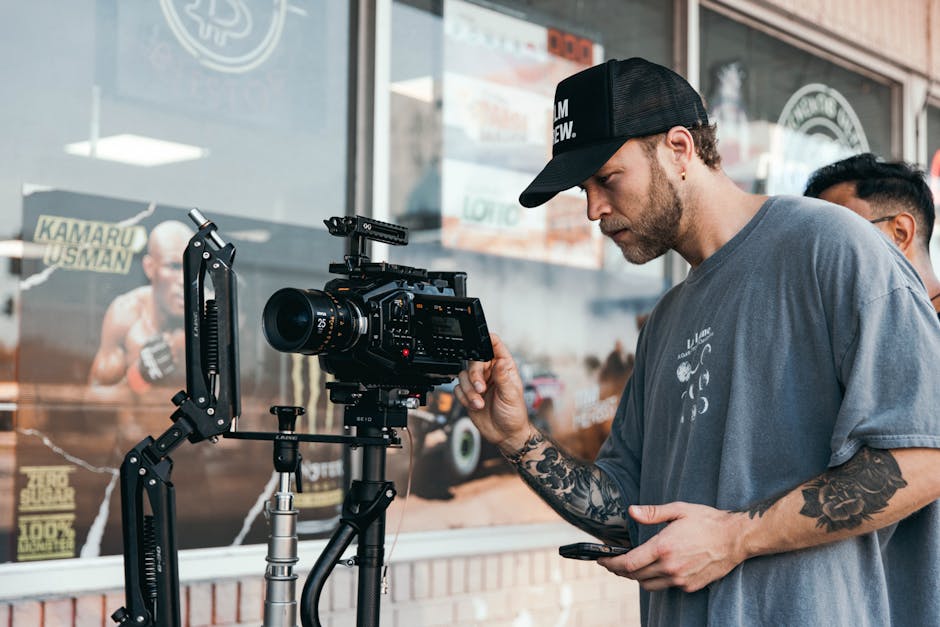
Lighting sets the stage. It can evoke emotions, highlight characters, and guide the audiences attention. Think of a horror film. The dim lighting creates suspense. In contrast, a romantic scene often uses soft, warm lights to evoke warmth and intimacy. The right lighting enhances the story you want to tell.
What Are the Basic Types of Lighting?
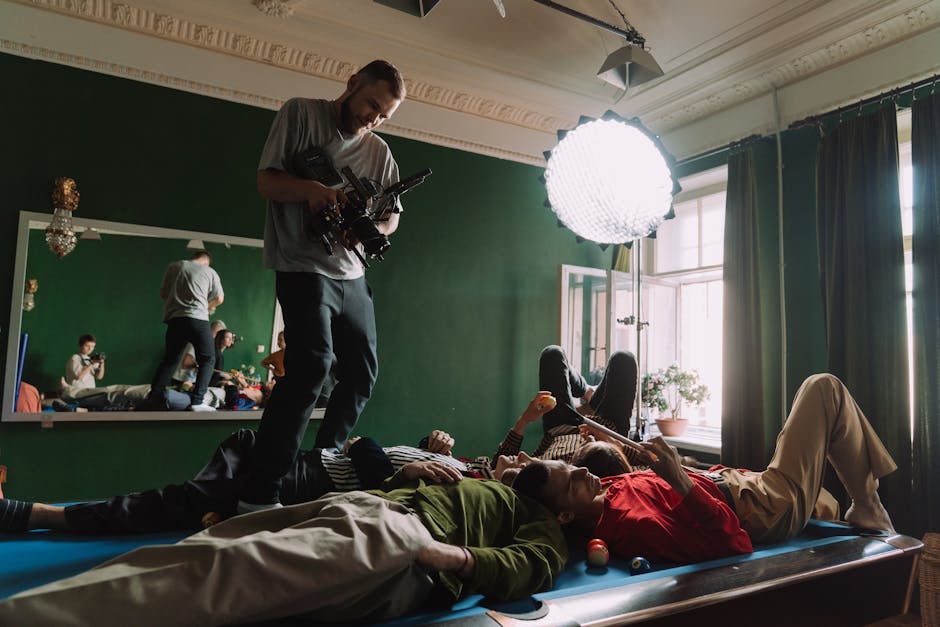
Before diving into techniques, lets understand the basic types of lighting:
- Key Light: This is the main light source. It highlights the subject and creates the desired mood.
- Fill Light: This light softens shadows created by the key light. It helps to balance the scene.
- Back Light: Positioned behind the subject, this light creates depth. It separates the subject from the background.
Mastering these three types of lighting is a great start. They form the foundation for more advanced techniques.
How Can You Use Natural Light Effectively?
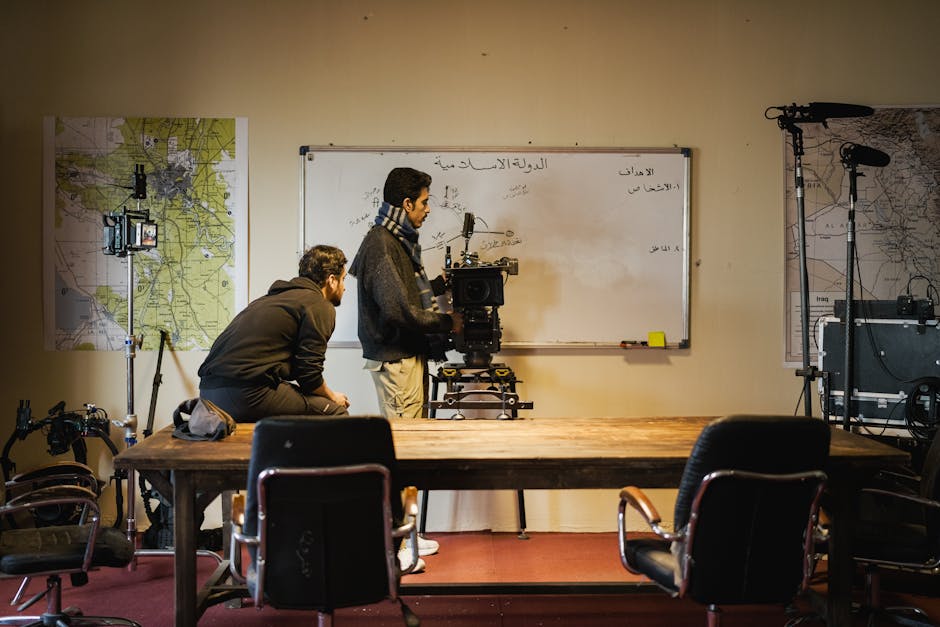
Natural light can be your best friend. it’s free and often beautiful. But how do you use it? Here are some tips:
- Golden Hour: This is the hour after sunrise and before sunset. The light is soft and golden, perfect for capturing stunning visuals.
- Overcast Days: Soft clouds diffuse the light, eliminating harsh shadows. This can create a dreamy effect.
- Reflectors: Use white surfaces to bounce light onto your subject. This can help fill in shadows.
Natural light can change drastically throughout the day. Plan your shoots around these times for the best results.
What Are Some Essential Lighting Techniques?

Now, lets look at specific lighting techniques that every filmmaker should know.
1. Three-Point Lighting
This classic technique uses a combination of key, fill, and back lights. Heres how:
- Place the key light at a 45-degree angle to your subject.
- The fill light should be opposite the key light, at a lower intensity.
- Position the back light behind and above your subject, aimed at their back.
Three-point lighting creates a well-lit and dimensional look. it’s widely used in interviews and dramatic scenes.
2. High Key Lighting
This technique uses bright, even light. It minimizes shadows and creates a cheerful atmosphere. Think of sitcoms or commercials. To achieve high key lighting:
- Use multiple light sources to fill in shadows.
- Keep the lighting soft and diffuse.
High key lighting is great for light-hearted content. It gives a sense of joy and optimism.
3. Low Key Lighting
Low key lighting creates drama. It uses shadows to enhance mood. This technique is popular in thrillers and horror films. To achieve this:
- Use a strong key light and keep the fill light minimal.
- Focus on creating shadows that add depth.
Low key lighting can evoke feelings of tension or mystery. Use it wisely to enhance storytelling.
4. Motivated Lighting
Motivated lighting mimics the light sources present in a scene. For example, if your character is sitting by a window, use sunlight coming through the window as a key light. This technique creates a natural feel and strengthens the story.
Ask yourself: where would the light realistically come from? This approach makes scenes more believable.
How Do You Create Mood with Color?
Color plays a huge role in setting the mood. Heres how you can use it:
- Warm Colors: Reds and yellows create a cozy, inviting feel.
- Cool Colors: Blues and greens suggest calmness or sadness.
- Color Filters: Use gels to change the color of your lights. This can drastically change the scenes mood.
Think about what you want to convey. The right color can enhance emotions significantly.
What Common Mistakes Should You Avoid?
Even experienced filmmakers can make mistakes with lighting. Here are some common pitfalls:
- Overexposure: Bright lights can wash out details. Always check your exposure levels.
- Flat Lighting: Avoid using too much fill light, which can make your subject look flat and lifeless.
- Ignoring Shadows: Shadows add depth. don’t be afraid to let them play a role in your scenes.
Be mindful of these mistakes to improve your lighting skills.
How Can You Experiment with Lighting?
Practice is essential. Here are a few exercises to try:
- Shadow Play: Create different shadows using various light angles. Notice how they affect your subject.
- Color Experiments: Use colored gels to change the mood of a scene. Try different combinations.
- Natural vs. Artificial: Shoot the same scene with natural light and then with artificial lights. Compare the results.
Experimenting will help you discover your unique style. don’t be afraid to play around!
Where to Learn More About Lighting?
For deeper insights into lighting techniques, consider reading “Lighting for Cinematography” by Blain Brown. It’s a fantastic resource for filmmakers at all levels.
You can also check out No Film School for practical tips and advice.
What Are Your Key Takeaways?
Lighting is crucial for effective filmmaking. Heres a quick summary of what we covered:
- Understand the basic types of lighting: key, fill, and back.
- Utilize natural light for stunning visuals.
- Employ techniques like three-point lighting, high and low key lighting, and motivated lighting.
- Use color to create mood and emotion.
- Avoid common lighting mistakes and practice regularly.
By mastering these techniques, youll take your filmmaking to the next level. So grab your lights, get creative, and start experimenting!


